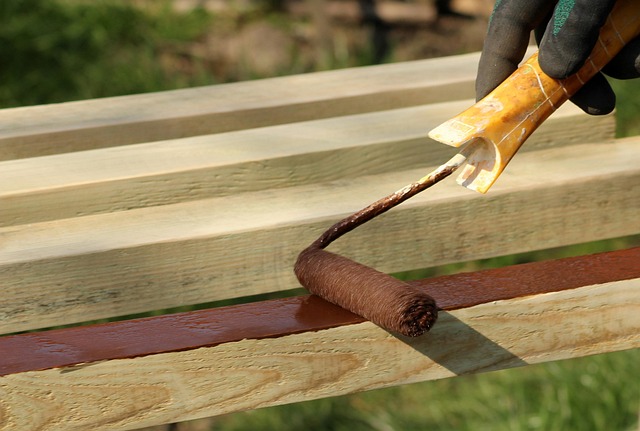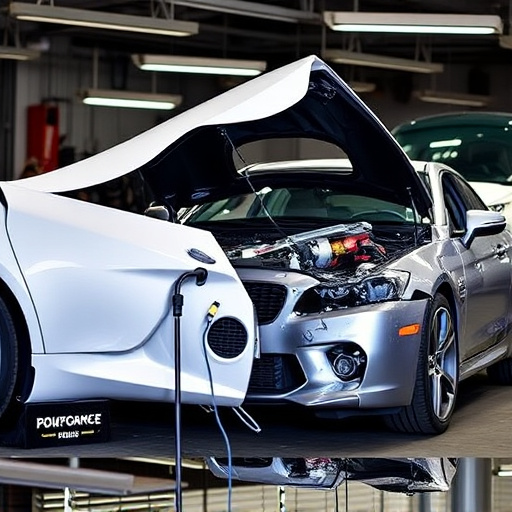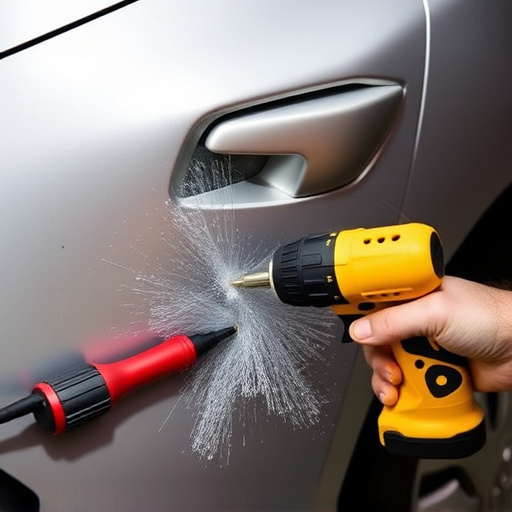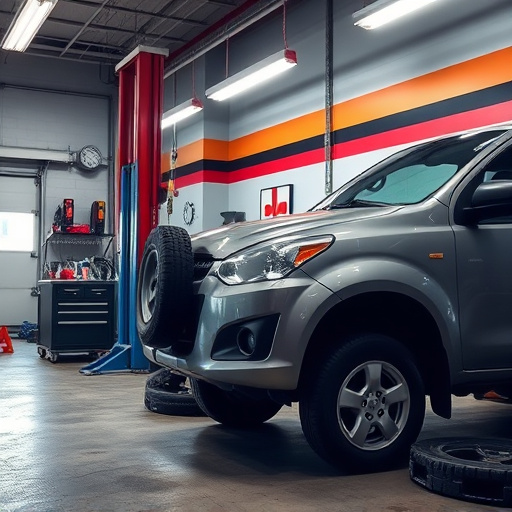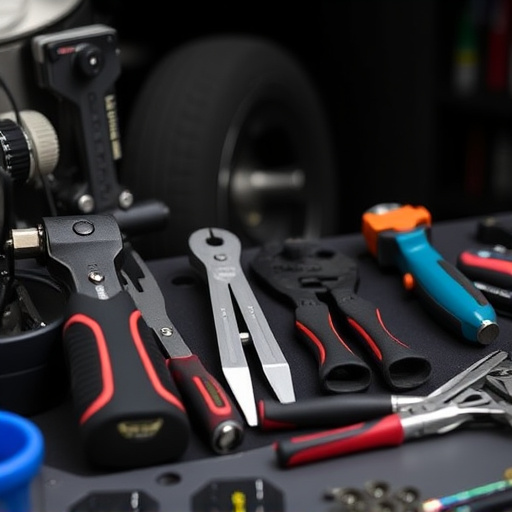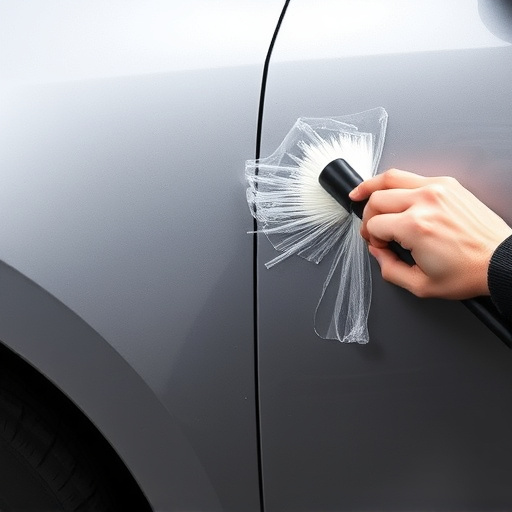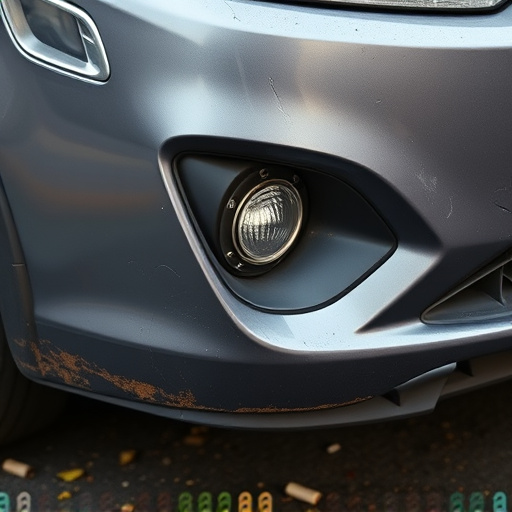Hail damage repairs present unique challenges for auto body facilities due to volume and complexity. Analyzing historical data helps understand regional vulnerabilities, optimizing resource allocation and staffing. Tracking claim patterns identifies common hail damage types, streamlining processes and enhancing customer satisfaction. Digital systems automate initial assessments and claims, fostering quicker turnaround times. Standardized protocols, pre-approved parts, and trained staff ensure organized, responsive environments to handle peak seasons or surges. Effective communication with policyholders builds trust, accurately understanding scope of work for faster repairs.
In regions prone to severe storms, repair facilities face a surge in hail damage repair claims. Effective management of these high volumes is crucial for both customer satisfaction and business sustainability. This article explores proven strategies for navigating the challenges posed by peak demand. We delve into understanding evolving claim trends, optimizing processes for swift repairs, and implementing communication tactics that empower policyholders throughout the restoration process. Discover how these approaches enhance efficiency and foster a positive reputation in the face of widespread hail damage.
- Understanding Hail Damage Repair Claim Trends
- Streamlining Processes for Efficient Repairs
- Effective Communication Strategies for Policyholders
Understanding Hail Damage Repair Claim Trends
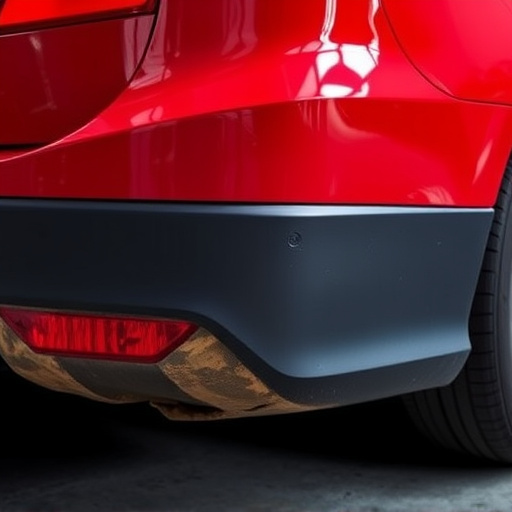
In the realm of auto body repairs, hail damage repair claims often present unique challenges for repair facilities due to their volume and complexity. By analyzing historical data and trends, these shops can gain valuable insights into the frequency and severity of hail events across different regions. Understanding that some areas are more prone to severe storms and subsequent hail damage, repair centers can strategically allocate resources and staff accordingly. This proactive approach ensures they’re prepared to handle surges in claims during peak seasons or in high-risk locations.
Additionally, tracking claim patterns helps identify common types of hail damage, such as dents, scratches on vehicle bodywork, or even complete panel replacements. This knowledge enables auto body shops to optimize their processes and equipment for specific repairs. For instance, heavy scratch repair work might require specialized tools and technicians, while extensive hail damage could necessitate more spacious facilities and advanced painting techniques to match original factory finishes. Such strategic planning not only streamlines operations but also enhances customer satisfaction by delivering timely and high-quality hail damage repairs.
Streamlining Processes for Efficient Repairs
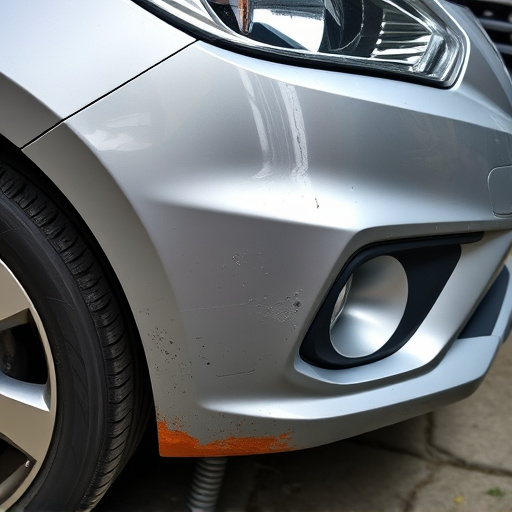
In the face of high volumes of hail damage repair claims, efficient processes are essential for any auto collision center or vehicle dent repair facility. Streamlining operations allows for quicker turnaround times, enhancing customer satisfaction and reducing costs. This often involves implementing digital systems to automate initial assessments and claim submissions, ensuring a smooth transition from the time a client reports damage until the repair process begins.
By optimizing these procedures, auto repair services can better manage peak seasons or unexpected surges in hail damage repairs. Effective streamlining includes standardized protocols for different types of vehicle dent repair, pre-approved parts ordering, and trained staff who can swiftly assess and prioritize claims. These strategies contribute to a more organized and responsive environment, ultimately enabling the facility to efficiently handle a large caseload while maintaining high-quality work.
Effective Communication Strategies for Policyholders
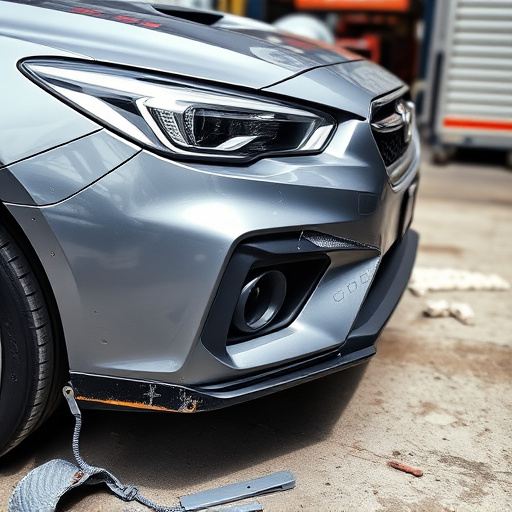
Effective communication strategies are pivotal for both policyholders and repair facilities when dealing with high volumes of hail damage repair claims. Policyholders should be encouraged to promptly report any hail-related damages to their insurance providers. Clear and concise descriptions of the extent of the damage, including photos or videos, can greatly facilitate the claims process. A well-communicated claim helps collision repair centers understand the scope of work required for vehicle restoration, ensuring faster turnaround times.
Moreover, regular updates on the claim status should be provided to policyholders. This not only builds trust but also allows them to make informed decisions regarding alternative transportation or temporary vehicle replacement during the repair period. Effective communication strategies ultimately lead to enhanced customer satisfaction and efficient hail damage repair processes in car dent repair facilities.
Repair facilities play a pivotal role in navigating the surge of hail damage repair claims, especially during peak seasons. By understanding claim trends, streamlining processes, and adopting effective communication strategies, these facilities can efficiently manage high volumes while ensuring customer satisfaction. Implementing data-driven insights for predictive maintenance and enhancing operational agility are key to minimizing delays and maximizing productivity in the face of overwhelming demand for hail damage repairs.



